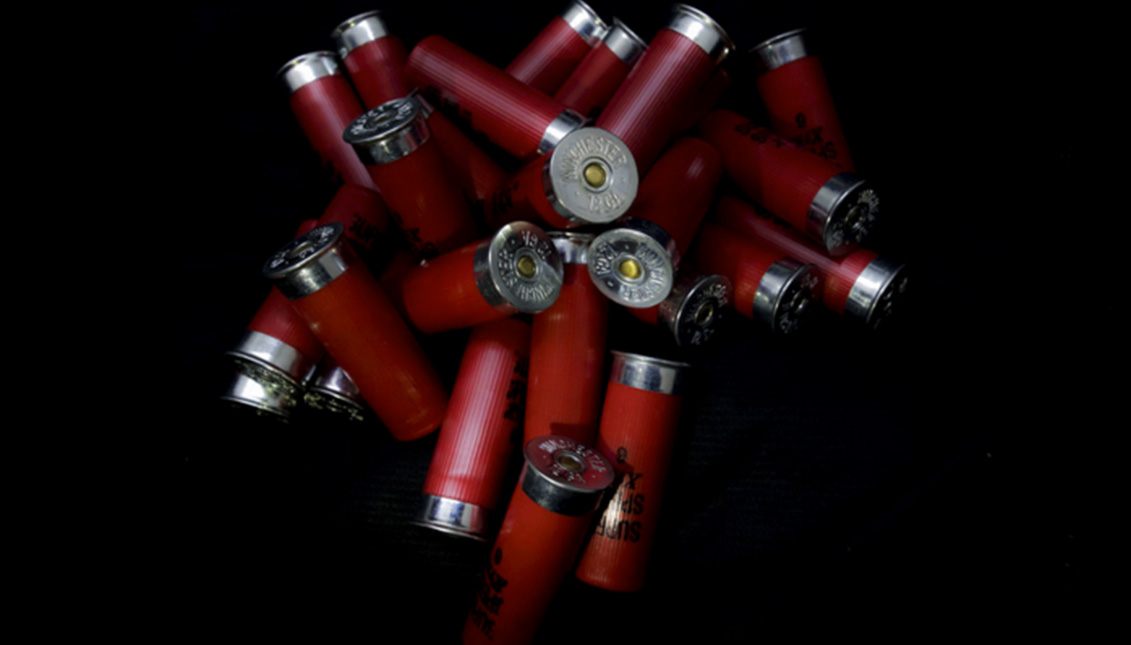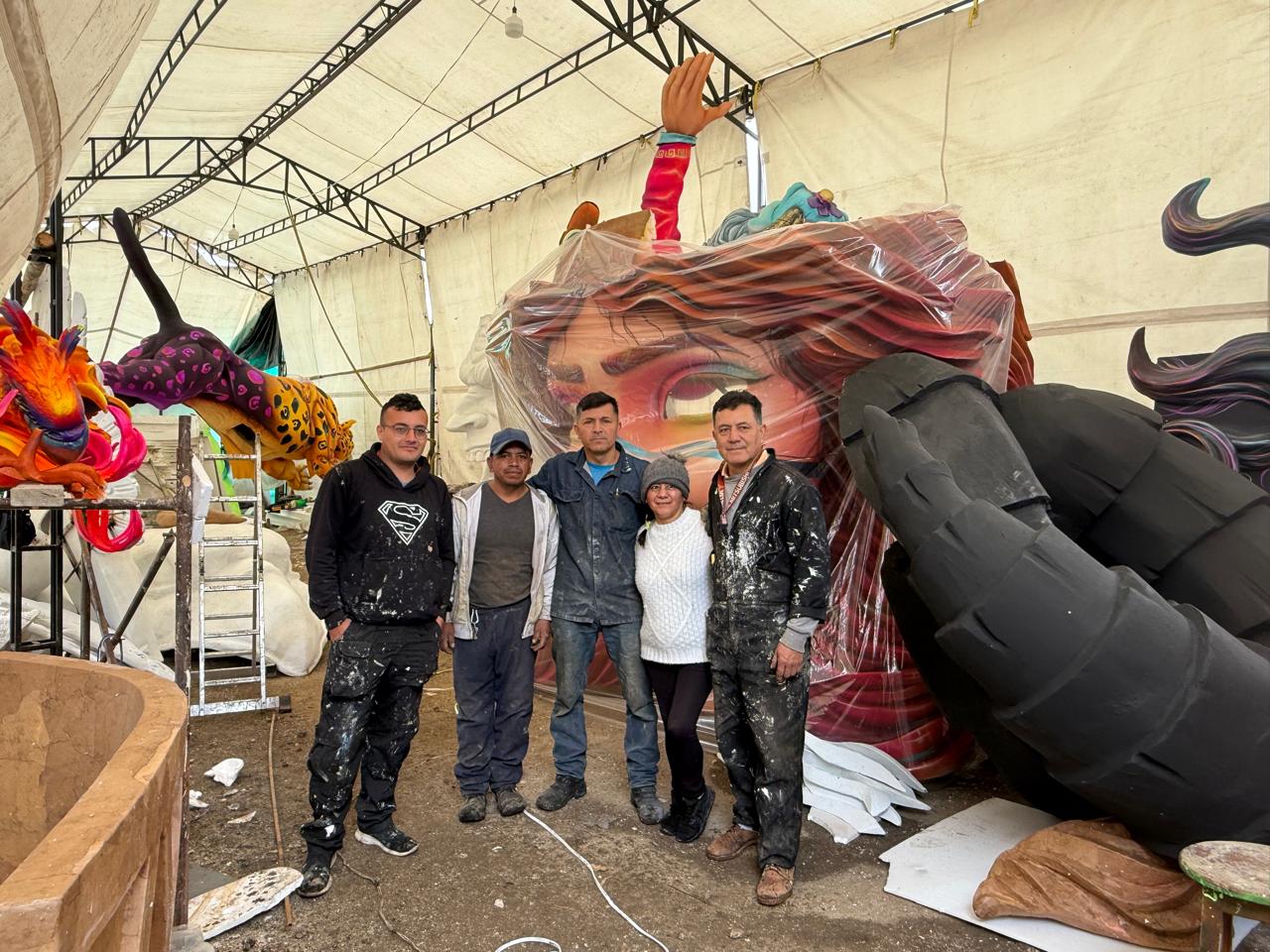
Teresa Margolles' violent deaths: A Mexican artist at the crime scene
Her work condemns femicides and the drug war, but begins shortly after the bullet is fired.
The dead aren't the problem; it's the living. In Culiacán, one of the most violent states in Mexico, people live the present because you never know when death may come.
Teresa Margolles (56) was born in Culiacán and has consolidated herself as one of the most internationally renowned Mexican artists, making murder, as The Quincey would say, one of the fine arts.
In the late 1990s, she studied forensic medicine, went to work in a morgue and made violent death the central theme of her art to denounce the murders resulting from the drug war and the femicides, which have escalated by 137% in the last five years.
Her art reflects the cartel wars, human trafficking and gender-based violence in the border area. However, her method of working is far from "conventional".
As an artist, Margolles not only delves into the wound but bathes in it.
Her works are often made with objects she has found at the scene of the crime; she may appear at a shooting just before the police arrive and smear with blood the sheets that she will display as flags of horror, or collect the broken glass of cars shot by the narco, or cover walls with grease extracted from the bodies of those killed in the war between the cartels and thus condemn the criminal genocide.
Now the unique artist, whose works have been widely exhibited around the world but only twice in the United States, presents "Assassination changes the World" at Tribeca's James Cohan Gallery in New York, featuring photographs and installations made from materials taken from crime scenes.
RELATED CONTENT
Margolles documents crimes on both sides of the border, including the mass shooting that took place last August at the Walmart in El Paso, Texas, where a man killed 22 people and wounded 24 out of racist hatred for Hispanics. Margolles traveled to El Paso a month ago, visited the Walmart — which she knew because she worked many years ago in Ciudad Juárez, on the other side of the border — and bought a box of 12-gauge Winchester cartridges. She then took a large-format photograph, where the bright red cartridges with the shiny metal tip are piled up into a shape reminiscent of a human heart. There is also the invoice, a reproduction of which the visitor can take home.
In another of her installations entitled "The Search", which caused a sensation at the Venice Biennale, she used glass plates recovered from closed shops in Juárez where there were still notices attached looking for women who had disappeared as a result of the femicides. More than ten years ago, at the same exhibition, Margolles also invited relatives of the victims to smear the floor with water in which she had dipped a bloody cloth taken from the crime scenes.
A wall covered with 2,300 pieces of pottery made in Mata Ortiz, a Chihuahua pottery town severely affected by violence, pays tribute to the dead. In the gallery, it can be seen from cement benches made from waste salvaged from crime scenes in Mexico but mixed with New York City water.
"The city that never sleeps" also plays a leading role in this exhibition, although it is not entirely positive.
The violence implicit in luxury, the money washing of large fortunes and corporations, and the drama on the border force Teresa Margolles, who is no friend of the art market's buddies, to rethink the role of the United States and the global economy in the spiral of violence and crime. Not even the capital of fashion is spared from her accurate, if dismal, protest.
Although perhaps the greatest triumph of this Mexican resident in Spain whose work begins where life ends - violently, with a tear - is that it lacks morbidity. Her work bears witness to a society that makes everything spectacular, even pain. She simply makes the evidence speak.











LEAVE A COMMENT: